Short Hydrangeas: The Perfect Lowmaintenance Plant For Your Garden
Short Hydrangeas: The Perfect Low-Maintenance Plant for Your Garden
Hydrangeas are a popular choice for gardens because of their beautiful flowers and relatively easy care. However, not all hydrangeas are created equal. Some varieties can grow quite large, making them unsuitable for small gardens or containers. If you're looking for a low-maintenance hydrangea that won't take up too much space, then a short hydrangea is the perfect choice for you.
Short hydrangeas typically grow to be no more than 3-5 feet tall, making them ideal for small gardens, patios, and containers. They also tend to be more compact than their larger counterparts, which means they require less pruning and maintenance.
In addition to their small size, short hydrangeas are also known for their long bloom time. Most varieties will start blooming in early summer and continue to flower for several months. The flowers can be white, pink, blue, or purple, depending on the variety.
If you're looking for a low-maintenance, beautiful plant that won't take up too much space, then a short hydrangea is the perfect choice for you. Here are some of the best short hydrangea varieties to consider:
- Hydrangea arborescens (smooth hydrangea): This is the most common type of short hydrangea. It grows to be 3-5 feet tall and wide, and has white, pink, or blue flowers. Smooth hydrangeas are hardy in USDA zones 3-9.
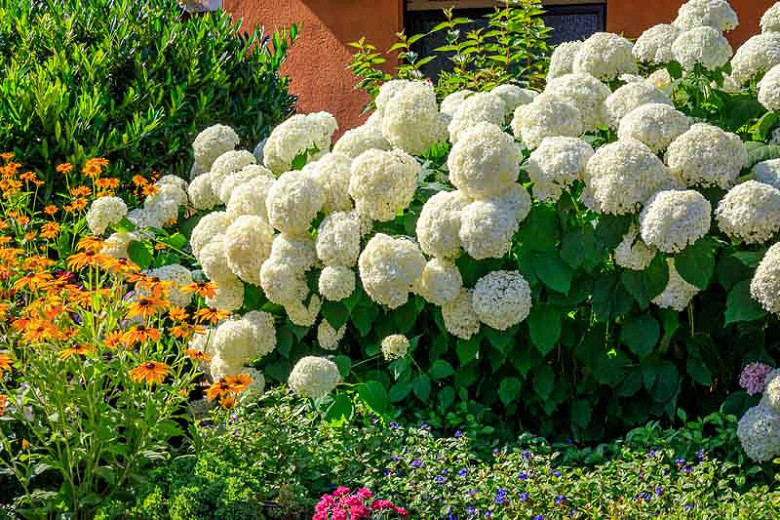
- Hydrangea macrophylla (bigleaf hydrangea): This type of hydrangea can grow to be larger than smooth hydrangeas, but there are also some dwarf varieties available. Bigleaf hydrangeas have large, showy flowers that can be white, pink, blue, or purple. They are hardy in USDA zones 5-9.
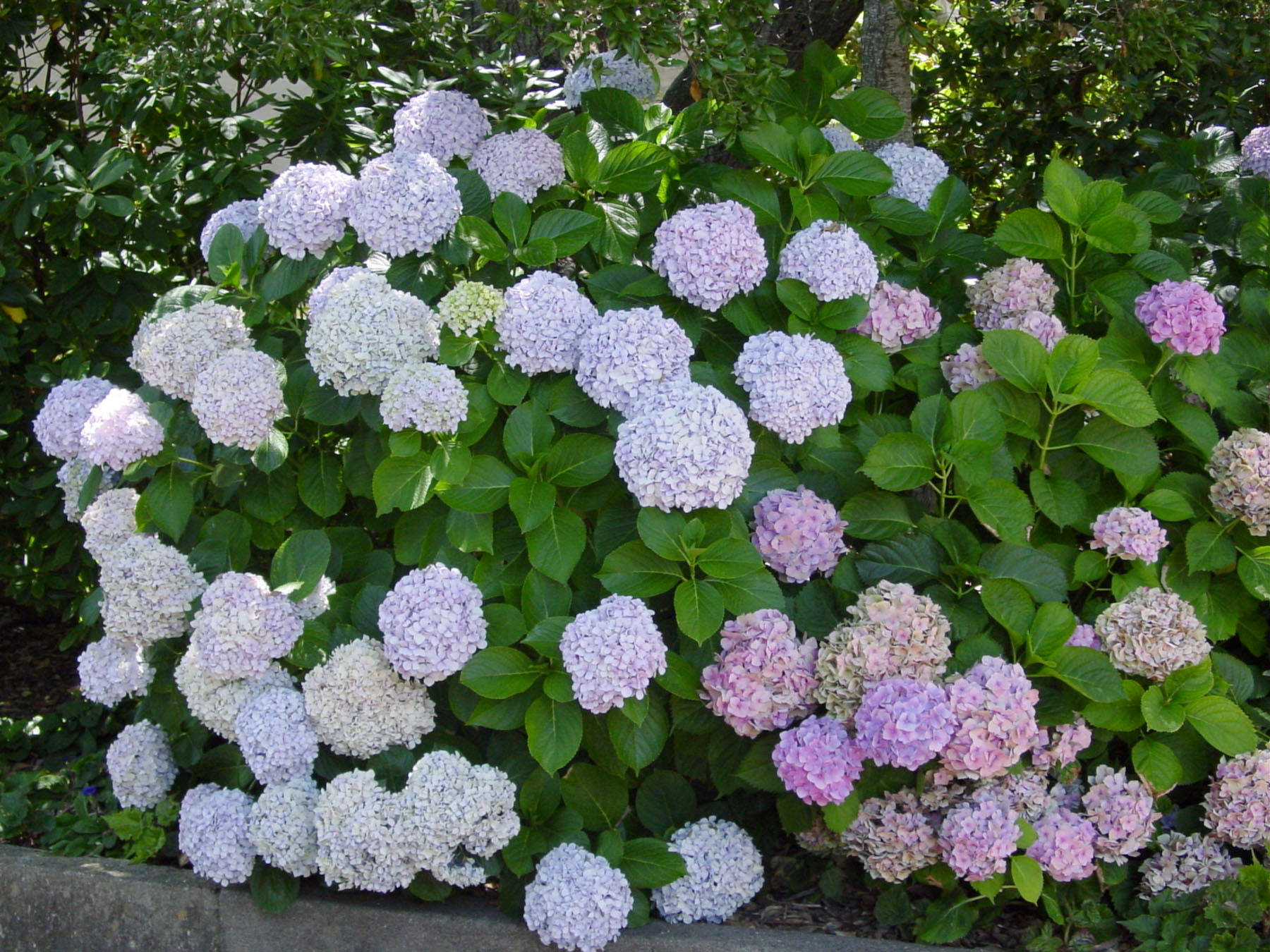
- Hydrangea paniculata (panicle hydrangea): This type of hydrangea is known for its large, cone-shaped flowers. Panicle hydrangeas come in a variety of colors, including white, pink, blue, and purple. They are hardy in USDA zones 3-8.
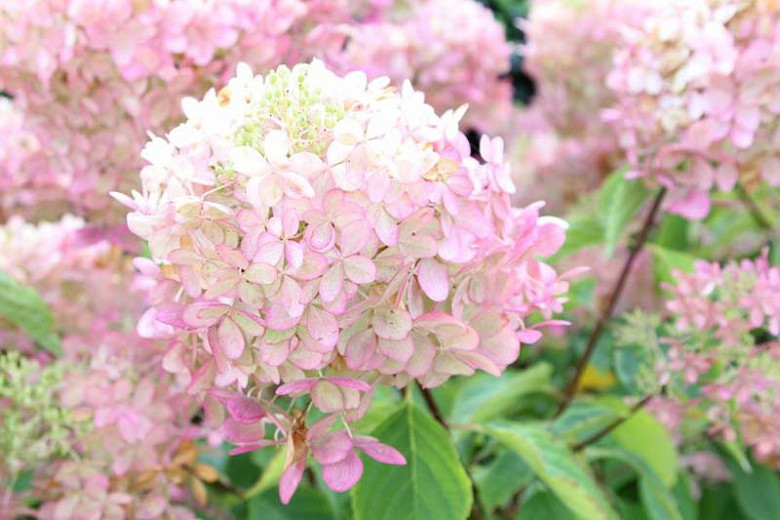
No matter which variety you choose, short hydrangeas are a beautiful and low-maintenance addition to any garden. With their long bloom time and small size, they're sure to add a touch of elegance to your landscape.
[MAIN CONTENT]
How to Care for Short Hydrangeas
Short hydrangeas are relatively easy to care for. They prefer full sun to partial shade, and moist, well-drained soil. Water them regularly, especially during the summer months. Fertilize them once a year in the spring with a balanced fertilizer.
In the fall, you may need to prune your short hydrangeas. This will help to keep them compact and encourage new growth. Prune them back to about half their size.
Short hydrangeas are generally pest- and disease-free. However, they can be susceptible to aphids, scale, and powdery mildew. If you see any pests or diseases, treat them immediately with an appropriate pesticide or fungicide.
Where to Plant Short Hydrangeas
Short hydrangeas can be planted in a variety of locations in your garden. They make a beautiful addition to flower beds, borders, and patios. They can also be planted in containers.
When choosing a location for your short hydrangeas, keep in mind their sunlight and soil requirements. They should be planted in full sun to partial shade, and in moist, well-drained soil.
Conclusion
Short hydrangeas are a beautiful and low-maintenance addition to any garden. With their long bloom time and small size, they're sure to add a touch of elegance to your landscape. If you're looking for a hassle-free hydrangea that won't take up too much space, then a short hydrangea is the perfect choice for you.
Are you looking for a beautiful and low-maintenance hydrangea for your garden? If so, you should check out short hydrangeas! These shrubs are perfect for small spaces, and they come in a variety of colors, including blue, pink, and white.
Short hydrangeas are relatively easy to care for. They prefer full sun to partial shade, and they need well-drained soil. They are also drought-tolerant, so you won't have to worry about watering them too often.
If you're interested in learning more about short hydrangeas, I recommend visiting the . This website has a wealth of information about these shrubs, including care tips, planting instructions, and a variety of varieties to choose from.
FAQ of short hydrangea
Q: What are some short hydrangea varieties?
A: There are many different short hydrangea varieties, but some of the most popular include:
- Dwarf Hydrangea: This variety only grows to be about 2-3 feet tall, making it a good choice for small gardens. It has white, pink, or blue flowers that bloom in the summer.

- Slender Hydrangea: This variety grows to be about 3-4 feet tall, and has large, lacecap flowers that bloom in the summer. It is a good choice for borders or foundation plantings.

- Oakleaf Hydrangea: This variety grows to be about 4-6 feet tall, and has large, oak-shaped leaves and panicle flowers that bloom in the summer. It is a good choice for shady areas.
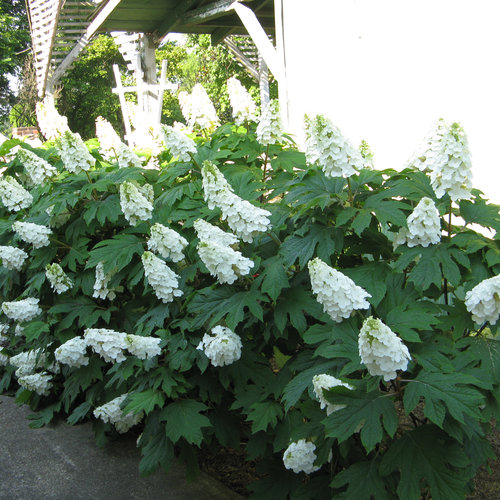
- Little Lime Hydrangea: This variety grows to be about 2-3 feet tall, and has lime-green flowers that bloom in the summer. It is a good choice for containers or rock gardens.
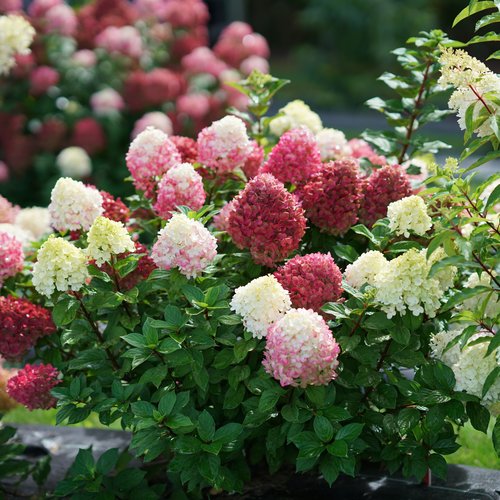
- Annabelle Hydrangea: This variety grows to be about 4-6 feet tall, and has large, white flowers that bloom in the summer. It is a very popular variety that is easy to grow.
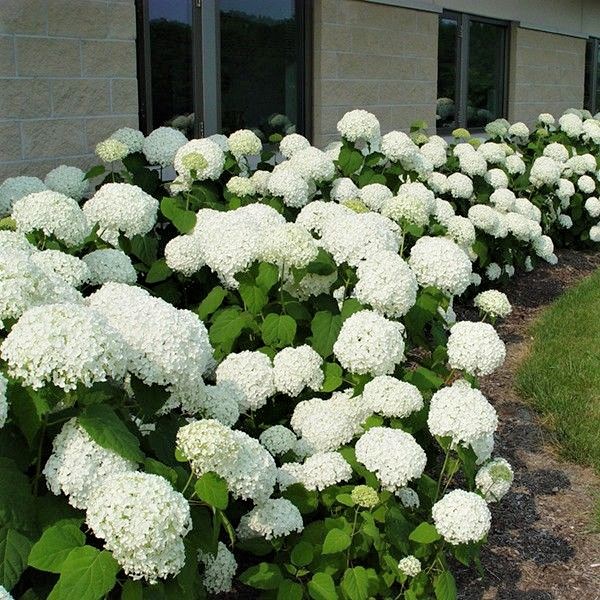
Q: What are the best conditions for growing short hydrangeas?
A: Short hydrangeas prefer full sun to partial shade, and well-drained soil. They are also tolerant of a wide range of pH levels, but they will flower best in acidic soil.
Q: How do I care for short hydrangeas?
A: Short hydrangeas are relatively easy to care for. Water them regularly, especially during the summer months. Fertilize them in the spring with a balanced fertilizer. Deadhead the flowers after they have finished blooming to encourage new growth.
Q: How do I overwinter short hydrangeas?
A: Short hydrangeas are hardy in zones 3-9. In colder climates, you may need to protect them from the cold by covering them with a burlap sack or evergreen boughs.
Q: How do I propagate short hydrangeas?
A: Short hydrangeas can be propagated by division or by taking cuttings. To divide a hydrangea, dig up the plant in the spring or fall and separate the roots into two or more sections. To take cuttings, cut a 4-6 inch piece of stem from a healthy plant in the summer. Remove the bottom leaves and plant the cutting in a pot of well-draining potting mix. Keep the potting mix moist and the cutting will root in about 4-6 weeks.
Image of short hydrangea
5 different images of "short hydrangea" from Pinterest:
- Penny Mac Hydrangea is a compact shrub that grows up to 3 feet tall. It has large, round flower clusters that bloom in shades of blue, pink, or white.
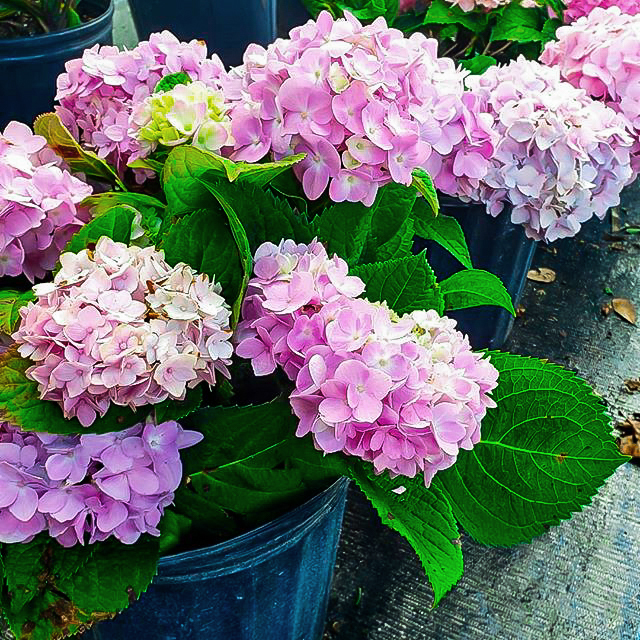
- Little Lime Hydrangea is a dwarf variety that grows up to 2 feet tall. It has small, lime green flowers that bloom in the summer.
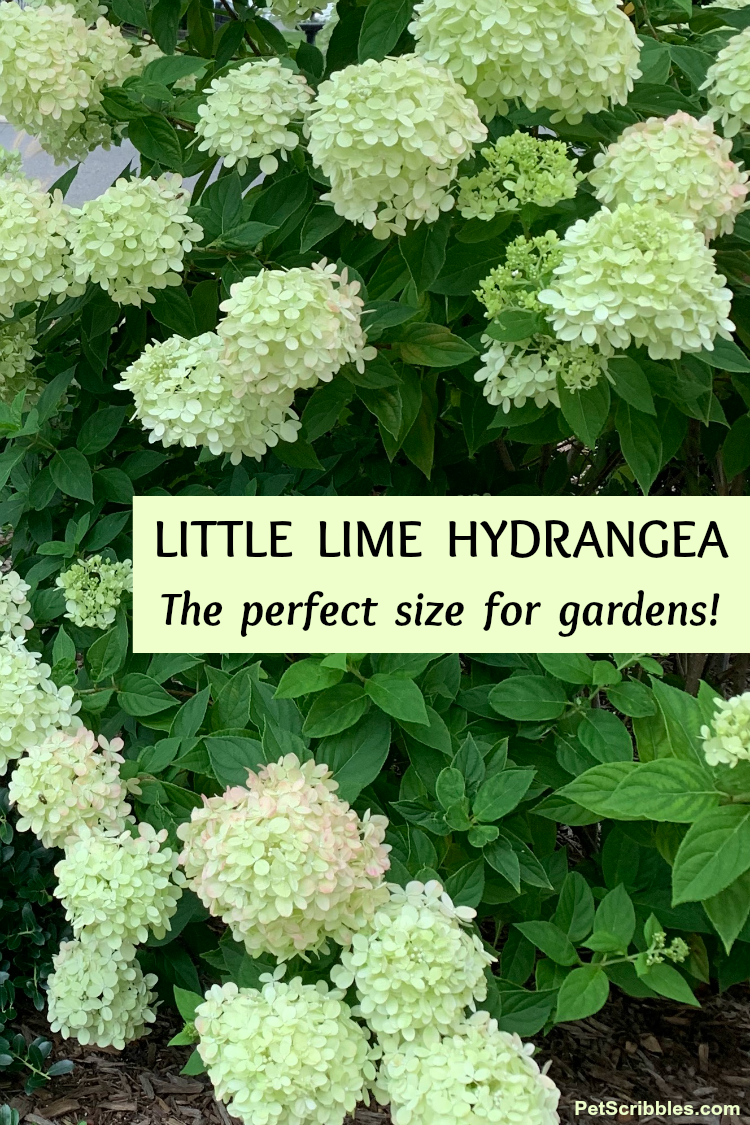
- Nikko Blue Hydrangea is a compact shrub that grows up to 4 feet tall. It has large, round flower clusters that bloom in shades of blue or pink.
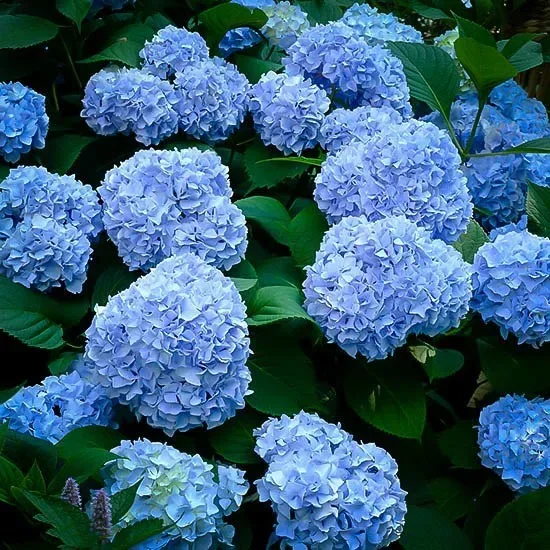
- Annabelle Hydrangea is a popular variety that grows up to 6 feet tall. It has large, white flower clusters that bloom in the summer.
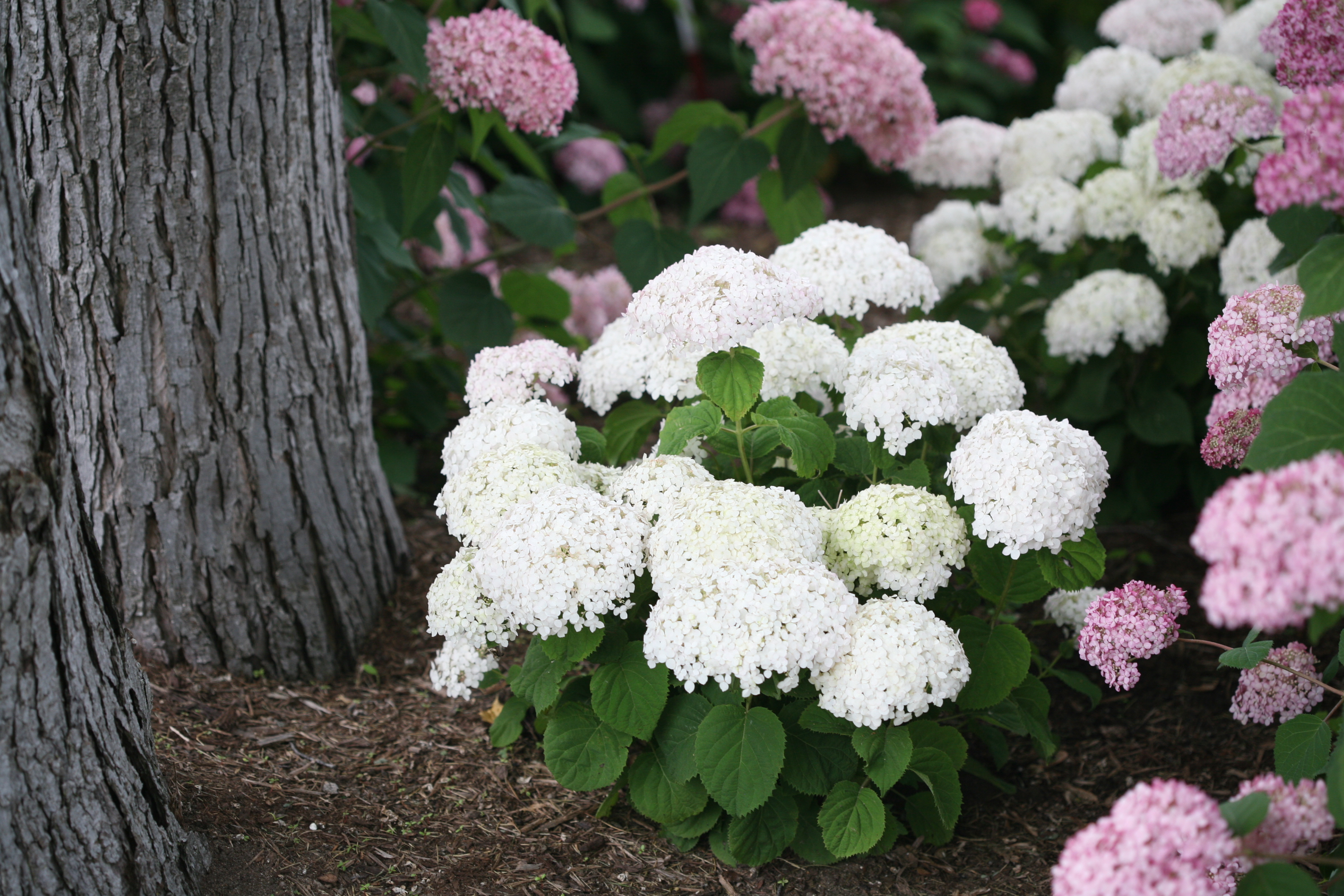
- Limelight Hydrangea is a dwarf variety that grows up to 3 feet tall. It has large, lime green flower clusters that bloom in the summer.
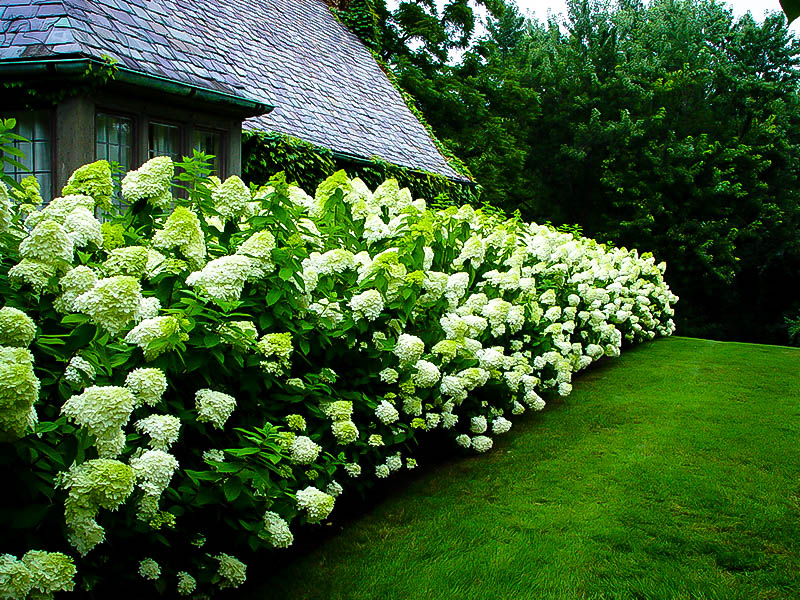
Post a Comment for "Short Hydrangeas: The Perfect Lowmaintenance Plant For Your Garden"